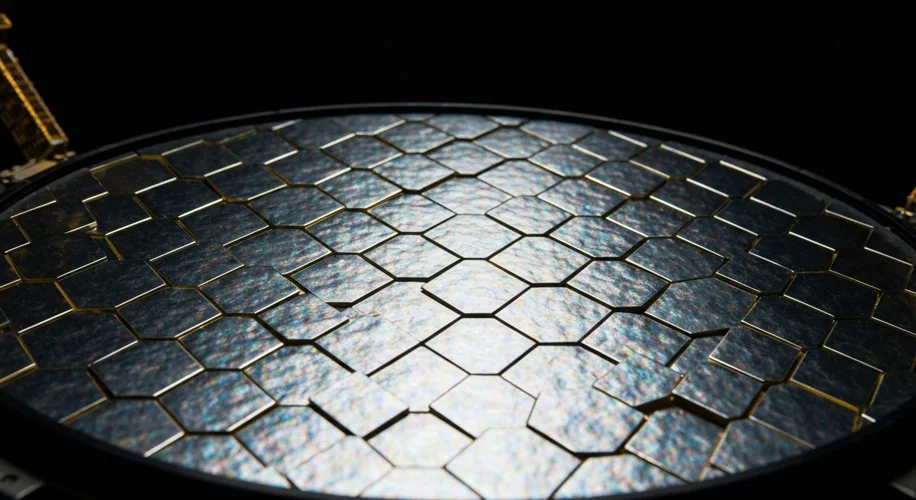You know, when I look up at the stars, I’m always amazed by how much we don’t know about the universe. It’s this vast, mysterious place, and every new discovery feels like we’re just lifting the corner of a curtain.
Well, buckle up, because the James Webb Space Telescope (JWST) might have just given us a peek at something truly ancient: primordial black holes.
What Are We Even Talking About?
Most of us have heard of black holes – those incredibly dense objects with gravity so strong nothing, not even light, can escape. We usually think of them forming from the collapse of massive stars. But there’s another, more speculative kind: primordial black holes.
These are thought to have formed in the very, very early universe, just moments after the Big Bang. Imagine the universe as a super-hot, super-dense soup of particles. In some tiny spots, this soup could have been so dense that it collapsed under its own gravity, creating black holes. These primordial black holes could be much smaller than the ones we know, some possibly as small as a single atom, while others could be much larger.
Why Is This a Big Deal?
If these primordial black holes exist, they could help us answer some huge questions in cosmology. For instance, they’re a leading candidate for what ‘dark matter’ – the invisible stuff that makes up about 85% of the matter in the universe – might be. If primordial black holes make up even a fraction of dark matter, it would completely change our understanding of the universe’s composition.
Until now, finding direct evidence for them has been incredibly difficult. They don’t shine like stars, and their gravitational effects on objects nearby can be subtle.
Webb’s Cosmic Clues
The JWST, with its incredible sensitivity and ability to see in infrared light, is perfectly suited to look for these faint signals from the early universe. Recently, astronomers using Webb data spotted something unexpected in the early galaxies it observed. They detected a population of black holes that seem to be much more massive than expected for their age and the galaxies they inhabit.
This observation is particularly intriguing because these massive early black holes could be explained if they started their lives as large primordial black holes and then grew over time by accreting gas and merging with other black holes. Standard models of black hole formation from stellar collapse don’t easily account for such massive black holes existing so early in the universe’s history.
What’s Next?
This is still very early days for this research, and scientists are cautious. More observations and rigorous analysis are needed to confirm whether these findings point to primordial black holes. It’s possible that other, more conventional explanations are at play for these unexpectedly massive black holes.
But the possibility itself is thrilling. It shows us how powerful new instruments like the JWST are. They don’t just confirm what we already suspect; they often reveal phenomena that challenge our current theories and push the boundaries of our knowledge. It’s a reminder that the universe is still full of secrets, waiting for us to uncover them, one incredible observation at a time.

